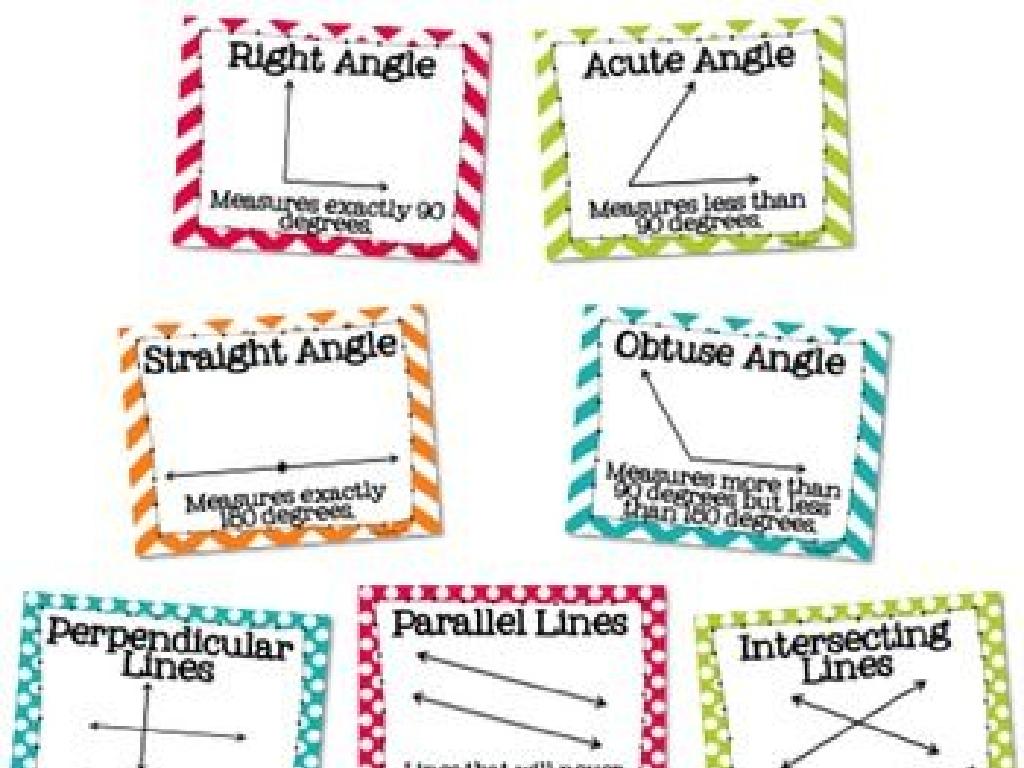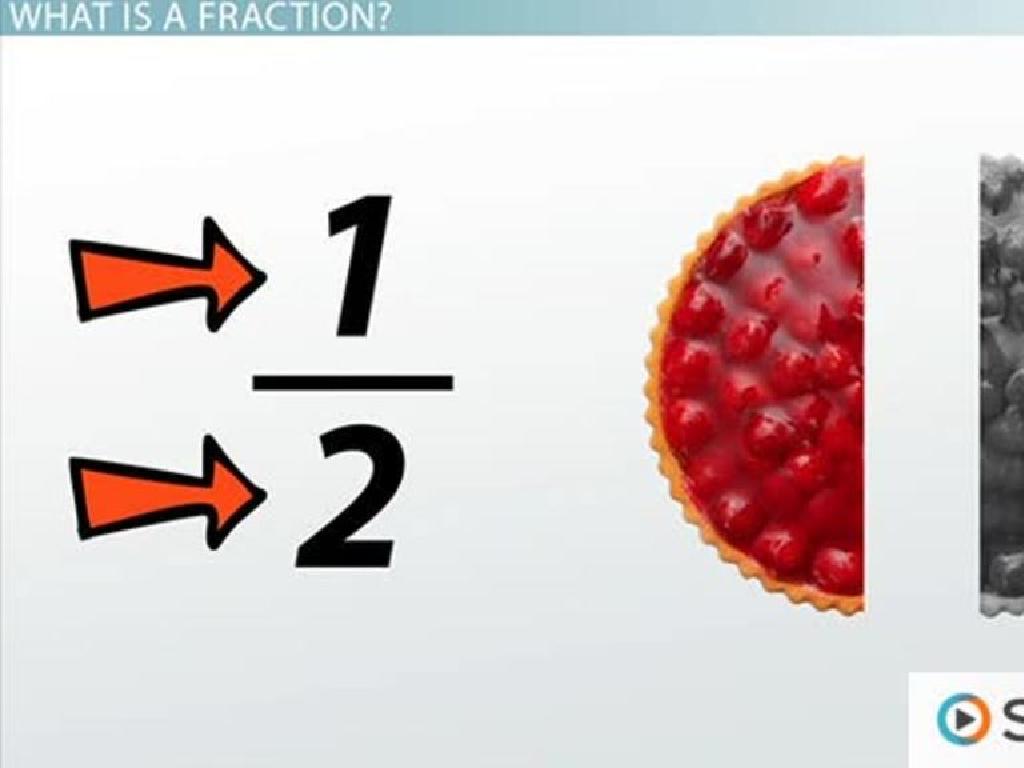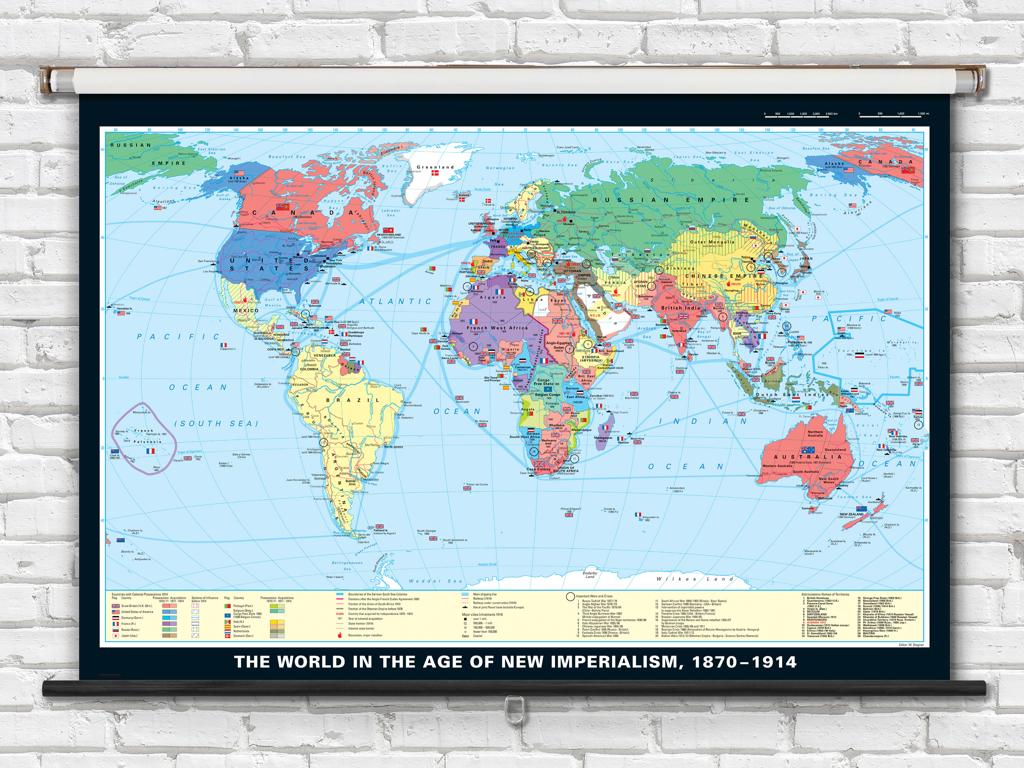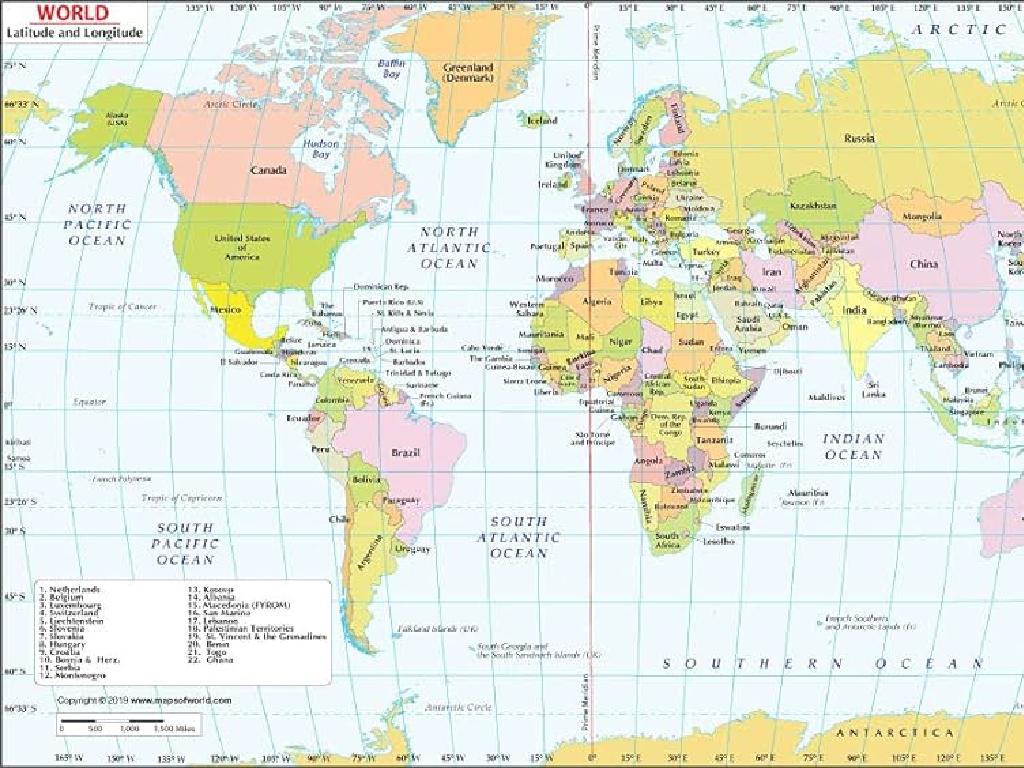Which Book Title Goes With The Picture?
Subject: Language arts
Grade: Fourth grade
Topic: Inference
Please LOG IN to download the presentation. Access is available to registered users only.
View More Content
Mastering Inferences: Pictures & Titles
– What is an inference?
– Inference is like being a detective, using clues to figure things out.
– Clues help us infer
– We use clues all the time to understand things we can’t see directly.
– Today’s focus: Pictures & Titles
– We’ll learn how to guess the right book title from just a picture.
– Practice inferring with examples
– We’ll look at pictures and guess the story’s title together in class.
|
This slide introduces the concept of inference to fourth-grade students, framing it as a detective activity where they use clues to uncover hidden meanings. Inference is a critical thinking skill that is used daily, often without realizing it. Today’s lesson will focus on how to infer the title of a book based on a picture, which will help students understand how to draw conclusions from visual cues. The practice examples should be engaging and interactive, allowing students to discuss their thoughts and reasoning with the class. This will not only help them grasp the concept of inference but also encourage them to pay attention to details in images and texts.
Mastering Inference: Be a Detective!
– Inference: Think like a detective
– Inference means using hints to ‘guess’ what’s not written down
– Use clues to solve mysteries
– Look for hidden clues in stories to find answers
– Not directly stated? No problem!
– Sometimes authors leave out details on purpose, it’s our job to fill in the gaps
– Everyday life is full of inferences
– Like figuring out someone’s feelings from their face, not just their words
|
This slide introduces the concept of inference as a critical reading skill. Inference is compared to being a detective, where students use clues from the text to understand what’s not explicitly stated. Encourage students to think about how they use inference in their daily lives, such as interpreting body language or guessing the end of a story. Provide examples where they have to infer information from a picture or a sentence. This will help them grasp the concept of using evidence to make logical conclusions, which is a key component of comprehension in reading.
Matching Book Titles with Pictures
– Pictures hint at the story
– Images can suggest themes, settings, or characters
– Guess the title from the image
– Look at the cover and imagine what the book could be about
– Choosing the right title
– A title reflects the book’s content and attracts readers
– Importance of a fitting title
|
This slide is aimed at teaching students the skill of inference by using pictures to guess the title of a book. Discuss how a cover image can give clues about the story’s theme, setting, or characters. Encourage students to use their imagination and prior knowledge to infer what a book might be about just by looking at its cover. Explain why selecting an appropriate title is crucial as it encapsulates the essence of the book and draws the reader’s interest. Have students practice by showing them various book covers and asking them to infer the possible titles. This activity will enhance their critical thinking and comprehension skills.
Inference Activity: Matching Book Titles with Covers
– Observe the book covers displayed
– Consider what the pictures depict
– Think about the setting, characters, and actions
– Infer possible book topics
– Use clues to guess the genre or plot
– Match titles with the covers
|
This slide is for a class activity that helps students practice the skill of making inferences. Display various book covers on the screen and ask students to carefully look at the images, considering elements such as the setting, characters, and any actions that are taking place. Encourage them to use these visual clues to infer what each book could be about. Then, have a selection of book titles available and challenge the students to match each title with the corresponding book cover. This activity will not only engage them in critical thinking but also enhance their ability to draw conclusions based on visual information. For the activity, prepare diverse book covers and titles to cater to different inference levels and ensure inclusivity.
Group Activity: Title Guessing Game
– Break into small groups
– Each group receives a unique book picture
– Discuss possible titles within your group
– Think about the characters, setting, and what’s happening in the picture
– Share your title guesses with the class
– Be creative and explain why you chose that title
|
This activity is designed to enhance the students’ inference skills by using visual clues to guess book titles. Divide the class into small groups to foster teamwork and discussion. Provide each group with a different picture of a book cover without the title. Encourage them to look at the details in the picture and use their imagination to infer what the book could be about. They should consider elements such as the characters, setting, and actions taking place. After the discussion, each group will share their title guess and explain their reasoning behind it. This will not only help them practice making inferences but also improve their speaking and listening skills as they engage with their classmates’ ideas.
Inference Activity: Matching Titles to Pictures
– Share your inferred book titles
– Discuss reasons for your choice
– Why does the title match the picture’s story or theme?
– Class votes on best fitting titles
– Reflect on the activity
– Think about what you learned from this activity.
|
This slide is for a class activity where students will use their inference skills to match book titles with pictures. After reading independently, groups will share the titles they inferred for various pictures. They will discuss their reasoning, considering elements like the setting, characters, and actions in the picture that led them to their title choice. The class will then vote on the title that they think best fits each picture. This activity encourages critical thinking and understanding of how to use visual clues to infer context. For the teacher: Prepare a diverse set of pictures and potential book titles beforehand. Ensure that each group has a chance to present their thoughts, and guide the discussion to help students articulate their reasoning. After voting, lead a reflection session on what they learned about making inferences.
Revealing Book Titles: Inference vs Reality
– Unveil the real book titles
– Compare inferences with actual titles
– Did our guesses match the real titles? Why or why not?
– Discuss clues used for inferring
– What pictures or words helped us guess the titles?
– Reflect on our inference skills
|
This slide aims to wrap up the activity by revealing the actual titles of the books and discussing how the students’ inferences compared to the real titles. Encourage students to think about the clues they used to make their guesses, such as images, themes, or familiar storylines. This reflection helps them understand the inference process and how context clues can lead to accurate or inaccurate conclusions. For the next class, consider having students bring in their favorite book and a picture related to it, then let classmates infer the title based on the picture provided.
Class Activity: Create Your Own Book Cover
– Draw your book cover
– Invent a matching title
– Explain your title choice
– Why does your title fit the picture?
– Present to the class
|
This activity is designed to help students practice making inferences by creating a book cover and coming up with a title that matches their illustration. Encourage creativity in their drawings and titles. Provide guidance on how a title can reflect the content or theme of a book. After they’ve completed their covers, have each student explain why they chose their particular title and how it relates to the picture they’ve drawn. This will help them articulate their thought process and practice inferring information. Possible variations of the activity could include working in pairs, creating covers for existing books, or drawing covers for made-up stories.
Mastering Inferences: Conclusion
– Recap on inference learning
– Significance of correct titles
– Using clues to infer in texts
– Look for hints in the story to guess meanings
– Applying inference in daily life
– Like detectives, use observation to understand situations
|
As we wrap up our lesson on inferences, it’s important to reflect on what we’ve learned. Inference is a critical reading skill that helps us understand the meaning behind the words and pictures. Choosing the right book title based on a picture requires us to use inference by examining the details in the image and connecting them to our prior knowledge. Similarly, we use clues from the text to make educated guesses about what’s happening in the story. This skill is not just useful in reading; it’s a part of everyday life. Encourage students to be observant and look for clues in all situations, just like detectives, to make smart inferences about the world around them.






